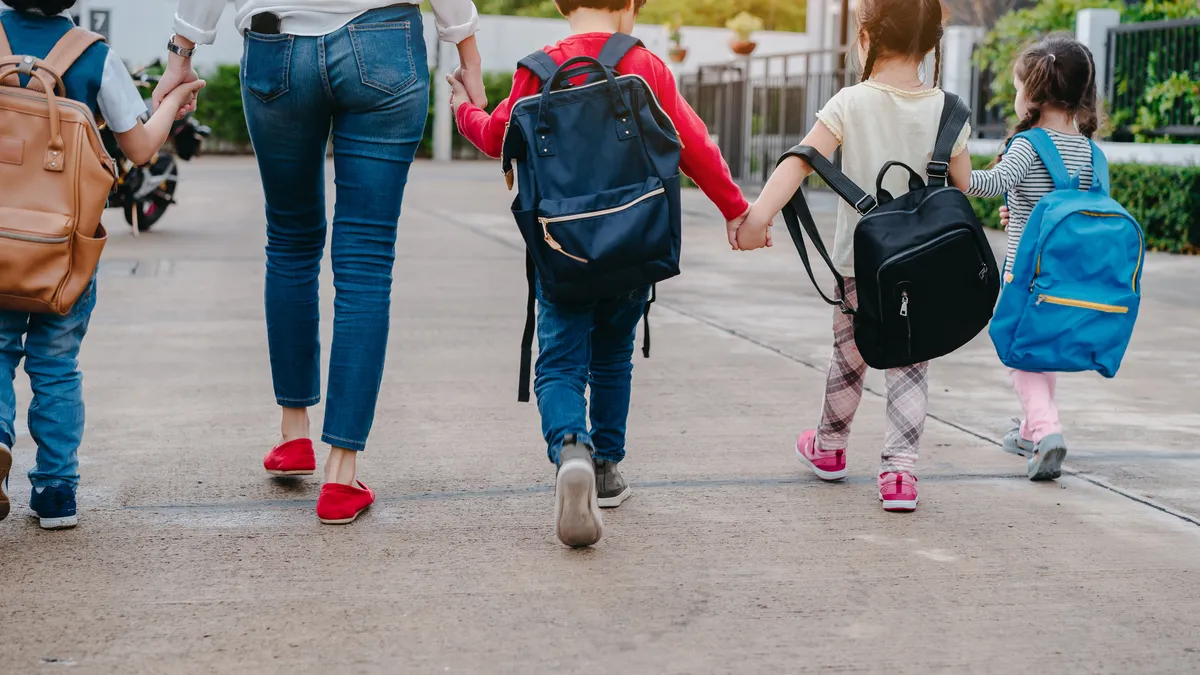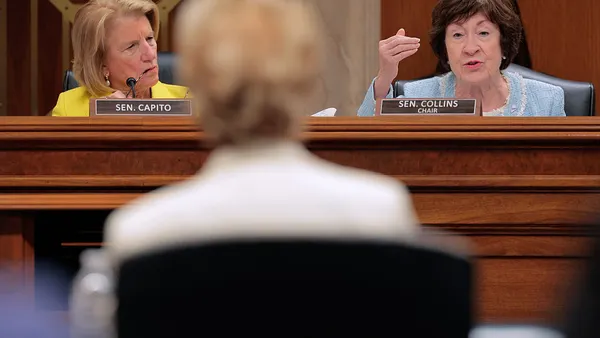The percentage of students identified with autism receiving K-12 special education services has been on a steady rise over the last decade and a half. However, students with autism are less likely to participate in general education classes compared to other students with disabilities, according to data from the U.S. Department of Education released last month.
During the 2022-23 school year, about 13% of students with disabilities were identified with autism. That's up 8 percentage points from the 2008-09 school year when about 5% of students participating in special education services were identified with autism.
But when it comes to inclusion, only 41% of students with autism spend 80% or more of their school day in general education classes, compared to 67% of all students with disabilities.
These statistics, along with other data points, were included in the Education Department's Office of Special Education Programs' Fast Facts data summary ahead of April's Autism Awareness Month and Autism Awareness Day on April 2. Some entities, including the White House, have rebranded these events as Autism Acceptance Day and Autism Acceptance Month.
"Autistic people routinely face unnecessary obstacles to securing employment and health care and children face bullying and barriers to education," said a White House statement released April 1.
The increase in the number of students with autism receiving special education services corresponds to the overall rise in the number of children in the U.S. being diagnosed with autism. According to the Centers for Disease Control and Prevention, 1 in 36 children aged 8 in 2020 had autism diagnoses. That's up from 1 in 44 in 2018 and 1 in 150 in 2000.














